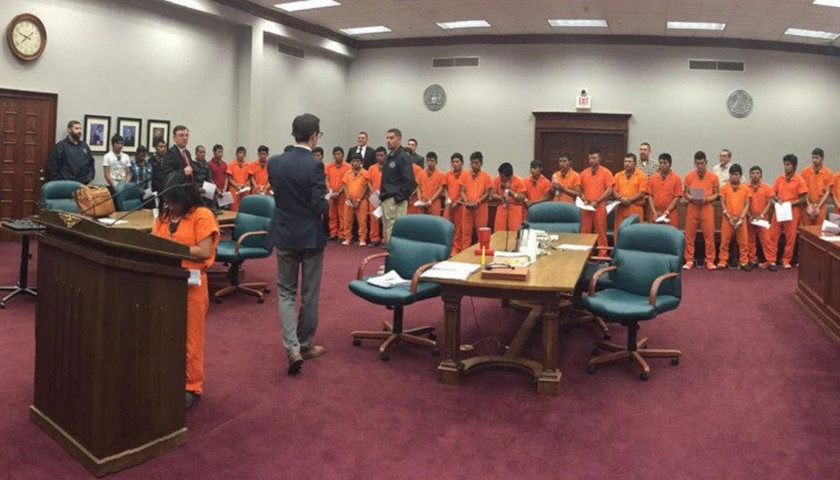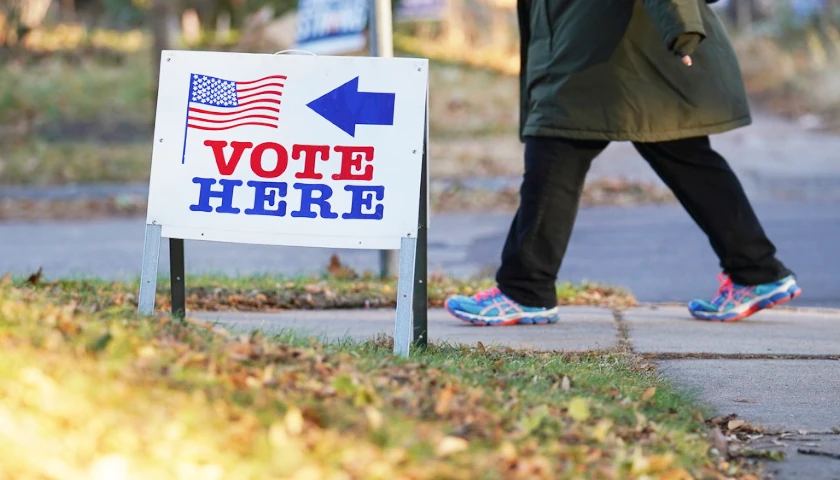by Bethany Blankley
The Fifth Circuit Court of Appeals upheld a 2017 Texas law outlawing a second trimester abortion procedure called D&E (dilation and evacuation), or dismemberment.
In 2017, the Texas legislature passed the Texas Dismemberment Abortion Ban with bipartisan support, making D&Es a felony and banning them from being performed except in the case of an emergency. After the law passed and before it went into effect, Whole Women’s Health, several Planned Parenthood groups, several doctors, and others, sued in U.S. District Court for the Western District of Texas.
The district court ruled in their favor, blocking the law from going into effect. Texas Attorney General Ken Paxton’s office appealed, and a three-judge panel on the Fifth Circuit upheld the lower court’s ruling last October.
Paxton then asked the full 17-member court to review the case, and in January, they agreed. Eight months later, in an en banc review, nine judges on the New Orleans-based appeals court ruled in favor of the Texas statute, five against, and three recused themselves.
En banc review, usually reserved for unusually complex or important cases or when a significant issue is before the court. Such rulings can only be overturned by the U.S. Supreme Court.
Robert Henneke, general counsel at the Texas Public Policy Foundation, told The Center Square, “It is uncommon for the Fifth Circuit to grant en banc rehearing on a panel opinion. So, when the Fifth Circuit grants rehearing en banc, it’s then common that the court will reverse at least in part the panel’s decision.”
Plaintiffs argue the law is unconstitutional, because it imposes an undue burden on a large number of women, essentially amounting to a ban of all D&E procedures. The district court and the three-judge panel agreed.
The full court ruled that the plaintiffs failed to prove their argument, and the argument they did present was a “false dichotomy” and “exactly backwards.”
Citing another case, the majority said the court has previously recognized “that abortion doctors do not get to set their own rules. They are not permitted to self-legislate or self-regulate simply by making an abortion method ‘common.'”
It also argued that “the record shows that doctors can safely perform D&Es and comply with [the Texas law] using methods that are already in widespread use. The plaintiffs have failed to carry their heavy burden of proving that [the Texas law] would impose an undue burden on a large fraction of women.”
The dissenting view held that by making D&E a felony it “further burdened abortion access, many abortion providers will likely decline to perform later-term abortions rather than face the dilemma today’s ruling foists upon them: become a felon or do a risky procedure that is contrary to the doctor’s medical judgment regarding the patient’s best interests.”
It also argued the majority opinion “misconstrues the district court’s reasoning, which merely considered what proportion of abortions would be affected” by the Texas law when “evaluating the burden the legislation places on a woman’s right to choose.”
While Texas Right to Life praised the ruling, Planned Parenthood said it and its partners “will continue fighting this dangerous ban in every way possible.”
Similar D&E bans have been blocked or have been prevented from being fully enforced in Alabama, Arkansas, Indiana, Kansas, Kentucky, Louisiana, Ohio, and Oklahoma, Planned Parenthood notes.
Paxton said that during the trial his office “demonstrated that this law is constitutional and consistent with acceptable medical ethics.”
– – –
Bethany Blankley contributes to The Center Square.




